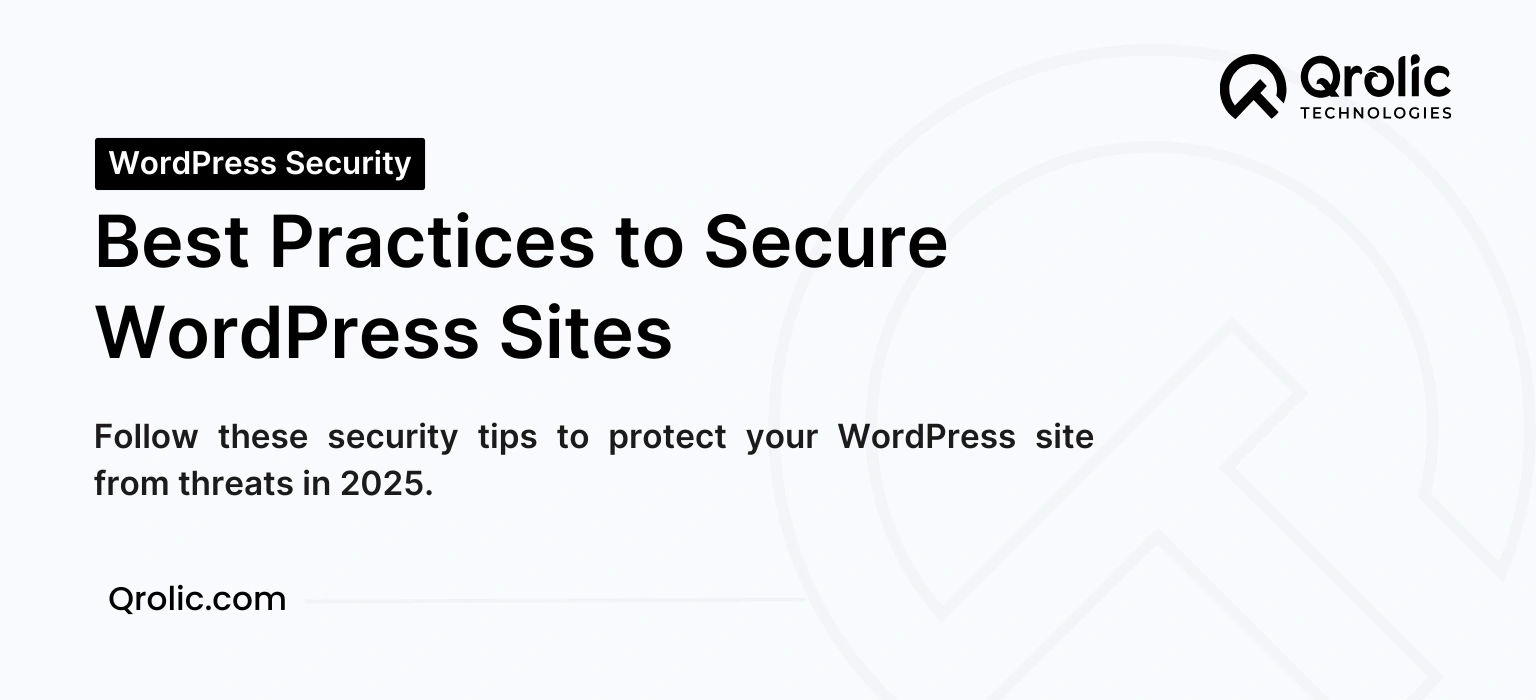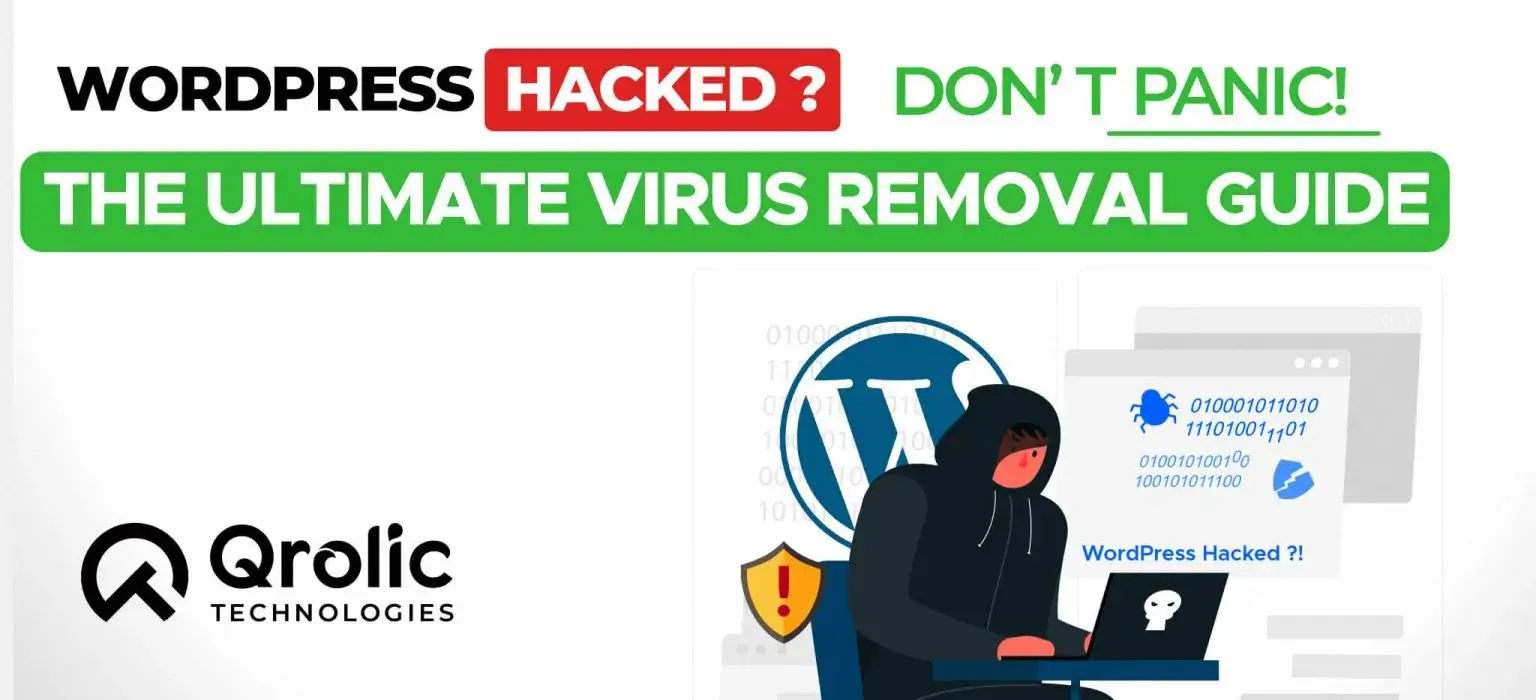As the most used content management system (CMS), WordPress security shield is crucial. Creating a robust security system for your WordPress websites helps protect sensitive financial details and user information. Therefore, this ultimate 2024 hack prevention guide should secure your websites from cyberattacks.
Table of Contents
- Current Threat Landscape
- There are Ways to Successfully Implement WordPress Security Shield
- 1. Secure Hosting Choice
- 2. Regular Updates for WordPress Core, Themes, and Plugins
- 3. Access Management and Authentication
- Strong Password Policies:
- Two-Factor Authentication (2FA) Implementation:
- Limit Login Attempts:
- Change the Default “admin” Username:
- 4. User Account Management
- 5. Security Auditing and Monitoring
- 6. Firewall and Encryption
- 7. File and Directory Security
- 8. Database Security Measures
- 9. Backup and Recovery
- 10. Content Delivery Network (CDN) Implementation
- 11. WordPress Security Plugins
- 12. Access Control and Whitelisting
- 13. Educate Users on Security Best Practices
- 14. Security Headers Implementation
- 15. Incident Response Plan
- 16. Web Application Firewall (WAF)
- 17. Security Training for WordPress Administrators
- 18. General Data Protection Regulation (GDPR) Compliance
- 19. Third-Party Integrations Security
- Conclusion: Fortifying Your WordPress Fortress
Current Threat Landscape
The main cybersecurity threats facing WordPress sites include phishing scams, ransomware infestation, and cloud-based attacks. These threats can cause severe financial loss for a company. Also, having a compromised WordPress website can significantly damage a company’s reputation.
Therefore, using appropriate WordPress security shield strategies should keep websites safe by minimizing the likelihood and potency of cyber-attacks.
There are Ways to Successfully Implement WordPress Security Shield
1. Secure Hosting Choice
To protect your WordPress site, you must invest in a secure and reputable website hosting provider. In particular, you should prioritize choosing a hosting provider known for effective and efficient security features. A potential host that provides access to different security protocols like SSL, PEM, SET, TLS, and HTTP is usually a good indicator of decent cybersecurity.
2. Regular Updates for WordPress Core, Themes, and Plugins
Outdated WordPress core software, themes, and plugins are a major security risk. Hackers can exploit known vulnerabilities in these components to gain access to your website. Here’s how to stay updated:
- Enable Automatic Updates: Configure WordPress to automatically update the core software, themes, and plugins whenever new versions are available. This ensures you have the latest security patches applied.
- Manual Updates: Even with automatic updates enabled, it’s good practice to regularly check for updates in the WordPress dashboard. This allows you to address critical updates immediately.
- Theme and Plugin Selection: Choose themes and plugins from reputable developers who prioritize security and release regular updates. Consider the update history and user reviews before installing any theme or plugin.
- Remove Unused Themes and Plugins: Delete themes and plugins you no longer use. Inactive plugins can still have vulnerabilities, so removing them minimizes your attack surface.
3. Access Management and Authentication
Using management and authentication tools provides a secondary layer of protection for your websites. Below are effective WordPress security shield measures to implement.
Strong Password Policies:
- Enforcing strict password policies that impose the use of strong passwords for all users, including administrators, minimizes the chances of unauthorized access to your WordPress website.
- Using capitalized letters, numbers, and special characters should make passwords more secure.
Two-Factor Authentication (2FA) Implementation:
- Two-factor authentication makes it nearly impossible for unauthorized users to log into a website.
- It minimizes fraud by reducing the effect of identity theft when it occurs.
Limit Login Attempts:
- A strict limit login attempt should prevent brute force attacks and improve overall login security.
Change the Default “admin” Username:
- Using a customized administrator username minimizes risks associated with brute-force attacks.
4. User Account Management
Strong user account management is essential for maintaining a robust WordPress security shield. Here’s what you need to do:
- Implement the Principle of Least Privilege: Grant users only the minimum level of access required for their specific roles. For example, content creators don’t need administrator privileges.
- Review User Accounts Regularly: Periodically audit user accounts and remove inactive users or those who no longer require access. This minimizes the number of potential entry points for attackers.
- Enforce Strong Password Policies: As mentioned earlier, require all users (including yourself!) to create strong passwords with a minimum length (e.g., 12 characters) and a combination of uppercase and lowercase letters, numbers, and symbols. Consider using a password manager to generate and store strong passwords securely.
- Enable Two-Factor Authentication (2FA): 2FA adds an extra layer of security by requiring a secondary verification code in addition to the password during login. This significantly reduces the risk of unauthorized access even if an attacker obtains a user’s password.
- Monitor User Activity: Utilize user activity logs to track login attempts, changes made to the website, and other relevant actions. This allows you to identify suspicious activity and take action if necessary.
By implementing these user account management practices, you significantly reduce the risk of unauthorized access and strengthen your WordPress security shield.
5. Security Auditing and Monitoring
Security auditing and monitoring are crucial for proactively identifying and addressing vulnerabilities in your WordPress website. Here’s a breakdown:
- Schedule Regular Audits: Conduct thorough security audits of your website at least quarterly, or more frequently if you manage a high-risk website.
- Consider Professional Audits: For enhanced security, consider engaging a professional security auditor who can perform a comprehensive vulnerability assessment of your website.
- Utilize Security Plugins: Several security plugins offer features like malware scanning, file integrity monitoring, and website hardening recommendations.
- Web Application Firewalls (WAFs): Consider implementing a WAF that continuously monitors website traffic and blocks malicious requests in real time.
By combining security audits with ongoing monitoring, you can proactively identify and address security threats before they escalate into major incidents.
6. Firewall and Encryption
Installing a powerful firewall filters and monitors potential malicious traffic. Thereby improving your website’s security. On the other hand, using SSL encryption enhances the security and SEO ranking of your website.
7. File and Directory Security
Implementing file and directory security makes your site more secure. You achieve WordPress security shield by ensuring file and directory security as follows.
- File and Directory Permissions:Fortifies your website by setting appropriate file and directory permissions.
- Disable Directory Listing:Disables directory listing, preventing unauthorized access to sensitive information and hidden entry points.
- Disable File Editing:Prevents unauthorized users from modifying plugins and theme files after stopping file modification from the main WordPress dashboard.
- Disable PHP File Execution:Disabling PHP file execution should enhance security in some directories.
- Harden the Config File from Attackers:Hardening the wp-config.php file protects it from cyberattacks.
8. Database Security Measures
Changing table prefixes is a measure that preserves your website’s data integrity. Likewise, restricting database access should improve your site’s credibility.
9. Backup and Recovery
Regularly backing up your website data is an excellent WordPress security shield strategy. Securely storing your site’s data can help you quickly recover your platform whenever you have a damaging security incident.
10. Content Delivery Network (CDN) Implementation
Using distributed server locations through CDN secures your site against DDoS attacks. It also optimizes content delivery when users access your site.
11. WordPress Security Plugins
Installing top-rated security plugins should provide your WordPress site with an advanced layer of security.
12. Access Control and Whitelisting
Through IP whitelisting, you should limit WordPress admin panel access to only authorized IP addresses.
13. Educate Users on Security Best Practices
You should provide training on security practices to users. Also, you must educate them on the significance of being cautious when online.
14. Security Headers Implementation
Implementing appropriate security headers should protect your platform against different cyber-attacks. It should also enhance your WordPress security shield integrity.
15. Incident Response Plan
Creating a detailed and practical incident response plan should provide users with a step-by-step protocol for quickly and effectively handling security breaches as soon as they occur.
16. Web Application Firewall (WAF)
Using a WAF offers your site an additional layer of security against dynamic online threats.
17. Security Training for WordPress Administrators
Periodically provide expert security training specifically for WordPress administrators to develop their roles and make them more aware of risk within cyberspace.
18. General Data Protection Regulation (GDPR) Compliance
To avoid security and legal problems, you must ensure your website is GDPR-compliant.
19. Third-Party Integrations Security
You must ensure that all third-party integrations you use on your platform strictly adhere to specific security standards to minimize security loopholes within your platform.
Conclusion: Fortifying Your WordPress Fortress
Effective implementation of a WordPress security shield on your website should keep it secure, prevent user data leaks, and avoid financial losses. Having a secure hosting choice is the first top hack for protecting your website. Regularly updating the WordPress core software, themes, and plugins should make your platform more secure. Access management, authentication, and more are all security measures that should enhance your website’s overall security.








